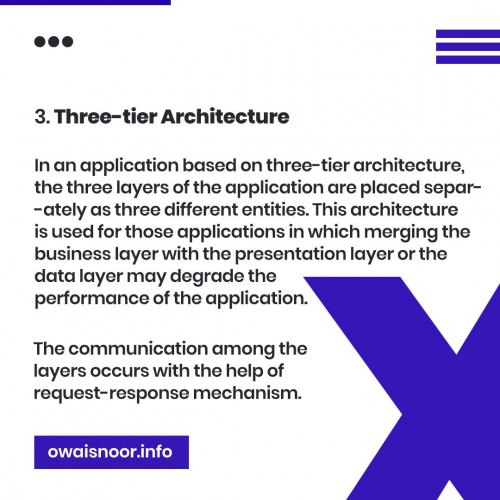Web application architecture defines the interactions between applications, middleware systems and databases to ensure multiple applications can work together. When a user types in a URL and taps “Go,” the browser will find the Internet-facing computer the website lives on and requests that particular page.
The server then responds by sending files over to the browser. After that action, the browser executes those files to show the requested page to the user. Now, the user gets to interact with the website. Of course, all of these actions are executed within a matter of seconds. Otherwise, users wouldn’t bother with websites.
What’s important here is the code, which has been parsed by the browser. This very code may or may not have specific instructions telling the browser how to react to a wide swath of inputs. As a result, web application architecture includes all sub-components and external applications interchanges for an entire software application.
Of course, it is designed to function efficiently while meeting its specific needs and goals. Web application architecture is critical since the majority of global network traffic, and every single app and device uses web-based communication. It deals with scale, efficiency, robustness, and security.










